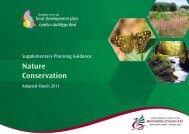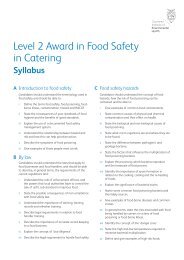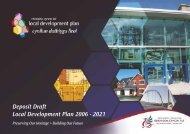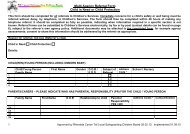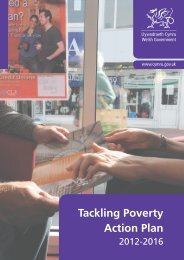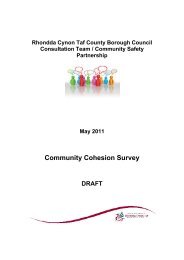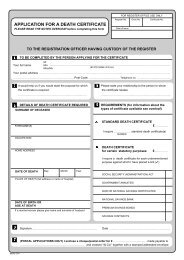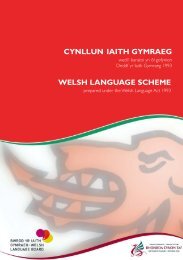Delivering design and Placemaking - Rhondda Cynon Taf
Delivering design and Placemaking - Rhondda Cynon Taf
Delivering design and Placemaking - Rhondda Cynon Taf
- No tags were found...
Create successful ePaper yourself
Turn your PDF publications into a flip-book with our unique Google optimized e-Paper software.
Supplementary Planning Guidance3.5.3 MfS demonstrates the benefits that can result from good <strong>design</strong> <strong>and</strong>assigning a higher priority to pedestrians <strong>and</strong> cyclists. It sets out anapproach to streets that recognises their role in creating spaces thatbenefits those that live or work there.3.5.4 This section also contains information regarding considered statutoryPublic Rights of Way in development.3.6 Commuted Sums3.6.1 These would be required for extraordinary highway maintenance costsassociated with infrastructure provision such as structures, trafficsignals, soakaways, traffic calming, street furniture <strong>and</strong> use ofinnovative materials.4. Planning Considerations& Requirements4.1 Transport Tariff4.1.1 A transport tariff would apply to all developments that would require a TA(see 4.2 below). This is with the exception of residential applications wherethe transport tariff would be applicable to 5 or more dwellings, not 50 asapplied to a TA requirement.4.1.2. Further details with regard to the development of the transport tariffare contained in the Strategic Transport Corridor Infrastructure NeedsStudy Report No. 4: Charging Methodology Report <strong>and</strong> itsimplementation in the Planning Obligations SPG.4.2 Transport Assessment4.2.1 The following guidance defines the criteria governing when a TA isrequired by the Council, the areas it should cover <strong>and</strong> the issues thatshould be considered in any assessment that may subsequently becarried out. This guidance determines whether an assessment isrequired <strong>and</strong>, if so, what the level <strong>and</strong> scope of that assessment shouldbe.4.2.2 The coverage <strong>and</strong> detail of the TA should reflect the scale of development<strong>and</strong> the extent of the transport implications of the proposal. Developersshould hold early discussions with the Council in order to clarify whethera Transport Assessment is necessary <strong>and</strong>, if so, to ‘scope’ its requirements.The initial scoping of the contents <strong>and</strong> coverage of the TA is particularlyimportant. It should cover the likely junctions <strong>and</strong> links to be considered,the timings (days of the week, time of day) of any surveys, likely eventsthat could influence current travel patterns <strong>and</strong> identification of anyexisting data that would be beneficial to the work. Time spent on scopinga TA is likely to result in a submission that has addressed the relevantissues <strong>and</strong> avoids abortive work.4.2.3 A Transport Assessment should include the following key features:• Description of l<strong>and</strong>-use proposals;• Movements expected to be generated by the site;• Identification of times of peak dem<strong>and</strong> <strong>and</strong> corresponding networkpeak hours;• Forecast traffic flows 10-15 years beyond the projected opening year(15 years if the development impacts on a Trunk Road or KeyCorridor);8 • Local Development Plan 2006 - 2021





